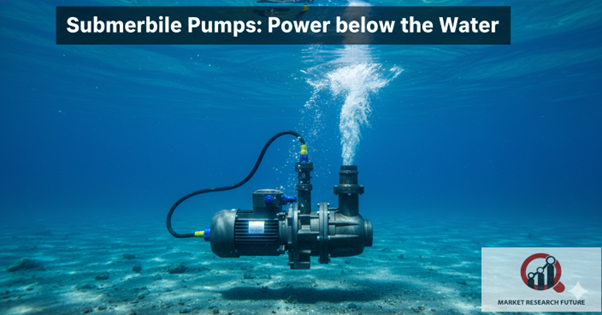The Advantages of Submersible Pumps

What are submersible pumps?
Submersible pumps can work completely underwater, which makes them useful for both homes and businesses. These pumps are designed to work in tough conditions, like wet wells and irrigation, mining, and oil production. They are often called electric submersible pumps (ESP) because they have a motor that is sealed off from the outside and connected directly to the pump body. This makes them safe and efficient.
What Makes Submersible Pumps Different
The fact that submersible pumps can stay fully immersed is what makes them special. The sealed motor keeps water and other things from getting in, so it can be installed in tanks, wells, or ponds without worrying about damage. The motor is safe from electrocution because it is encased in oil and powered safely. It also works consistently. Submersible pumps are made of strong materials like iron castings and epoxy that don't rust. They are used in industries like oil and gas, sewage treatment, and wastewater management.
Main Benefits
- Running in an energy-efficient way
Submersible pumps are made to work as well as possible, and they often have multistage designs so they can handle different depths and pressures. These pumps can work at their best with the least amount of energy waste if the wells are the right size and the stages are carefully matched to the flow rates. - No need to prime
Submersible pumps don't need to be primed like traditional centrifugal pumps do because their intake is already underwater. This feature makes them perfect for ponds, streams, and flooded areas because they work well right away without any extra setup. - Easily Handles Solids
Many submersible pumps can handle liquids with solids in them without getting clogged. This makes them great for draining old wells, wastewater, or basements. Choosing a pump made for solids will make sure it lasts a long time and works well.
The End
Submersible pumps are a must-have for modern water and fluid management because they are safe, reliable, and efficient. They are still a top choice in many industries and applications because they can work underwater, handle solids, and save energy.

Leave a Comment